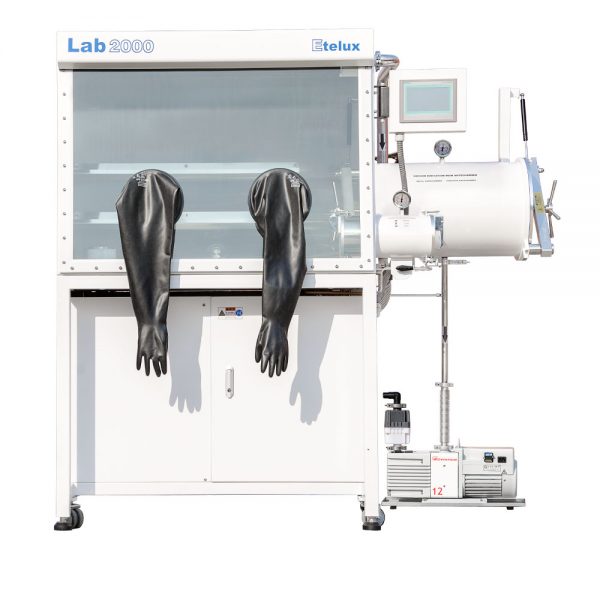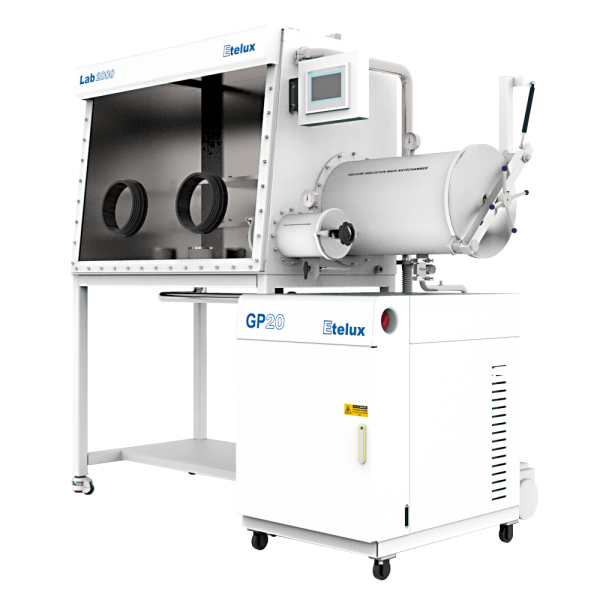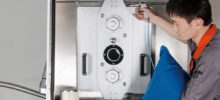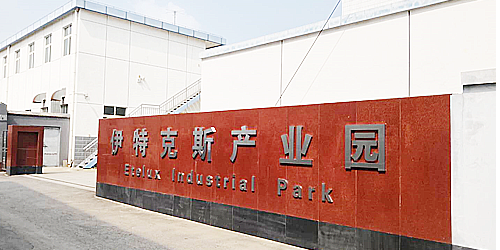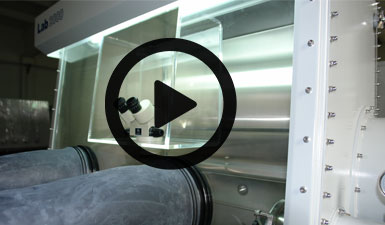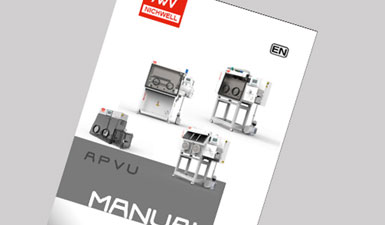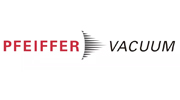Oxygen analyzers can be classified into various types according to different detection principles and technologies, each type has its specific application scenarios as well as advantages and disadvantages. Below are a few common types of oxygen analyzers and their characteristics:
- Electrochemical oxygen analyzers
Advantages: – Good versatility, suitable for a wide range of gas environments.
– Relatively affordable.
– Higher measurement accuracy and precision.
-Disadvantages: – Short sensor life and depletion due to chemical reaction.
- Susceptible to interference from other gases (e.g. corrosive gases).
- Restricted operating conditions with specific requirements for temperature, pressure and humidity.
2、 Zirconia Oxygen Analyzer
Advantages: – Wide measuring range from 10ppm to 100% oxygen concentration.
Disadvantages: – Measurement accuracy decreases when the oxygen concentration falls below 10 ppm.
3、Fuel cell oxygen analyzer
Advantages: – High measurement accuracy. - Can be used in a variety of environments.
Disadvantages: – Restricted by the working environment conditions. - Limited sensor life.
4、Magnetic oxygen analyzer (paramagnetic system)
Advantages: – Can measure combustible gas mixtures that cannot be measured by zirconia oxygen analyzers. - Measures corrosive gases without direct contact with the sample gas.
- Provides a fast response time.
- Resistant to vibration or shock.
Disadvantages: – Requires a sampling unit matched to the sample gas characteristics and application.
-5. Convenient Oxygen Analyzer
Advantages: – Portable and suitable for on-site testing. - Fast and accurate.
- Fast and accurate. Automatic calibration and data storage.
Disadvantages: – May be affected by environmental factors such as temperature and pressure.
6、Micro-oxygen analyzer
Advantages: – Specifically designed to measure very low concentrations of oxygen.
Disadvantages: – Measurement range is limited, not suitable for high concentration of oxygen detection.
Etelux uses mostly the first and second types (electrochemical oxygen analyzers and zirconia Yang analyzers), which are fully imported and of guaranteed quality!
Each type of oxygen analyzer has its own specific application scenarios. For example, zirconia oxygen analyzers are commonly used to measure oxygen concentration in high temperature environments, while electrochemical oxygen analyzers are more suited for laboratory and environmental monitoring applications. When choosing the right oxygen analyzer, you need to consider factors such as measurement range, accuracy, working environment, cost and maintenance requirements.

